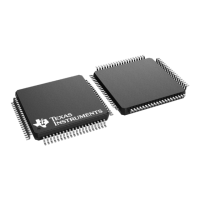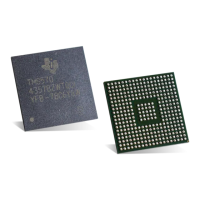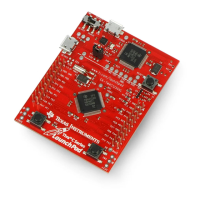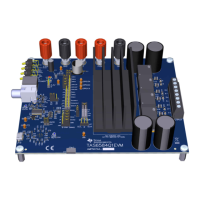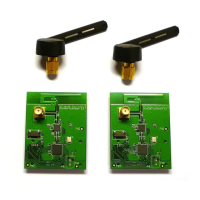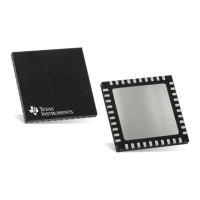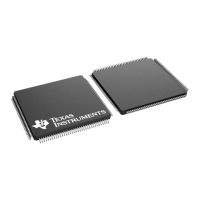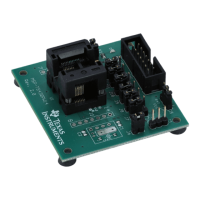TMS320F2837xD Microcontroller Workshop - Peripherial Registers Header Files 3 - 1
Peripherial Registers Header Files
Introduction
The purpose of the F2837xD C-code header files is to simplify the programming of the many
peripherals on the F28x device. Typically, to program a peripheral the programmer needs to
write the appropriate values to the different fields within a control register. In its simplest form,
the process consists of writing a hex value (or masking a bit field) to the correct address in
memory. But, since this can be a burdensome and repetitive task, the C-code header files were
created to make this a less complicated task.
The F2837xD C-code header files are part of a library consisting of C functions, macros,
peripheral structures, and variable definitions. Together, this set of files is known as the ‘header
files.’
Registers and the bit-fields are represented by structures. C functions and macros are used to
initialize or modify the structures (registers).
In this module, you will learn how to use the header files and C programs to facilitate
programming the peripherals.
Module Objectives
Module Objectives
Review Register Programming Model
Understand the usage of the F2837xD
C-Code Header Files
Be able to program peripheral
registers
Understand how the structures are
mapped with the linker command file
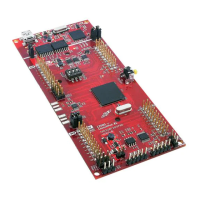
